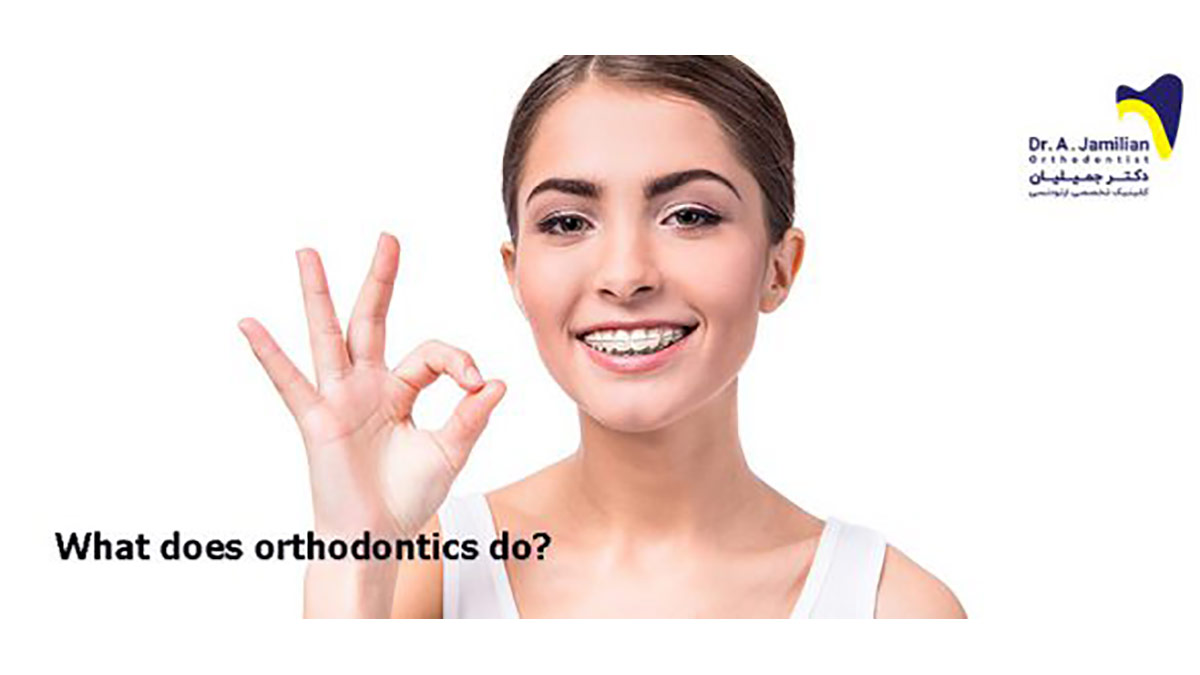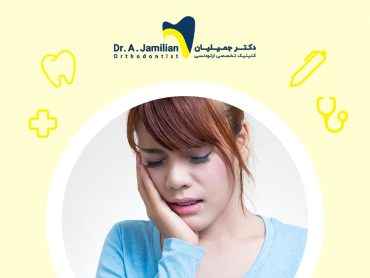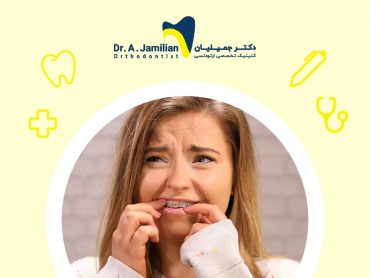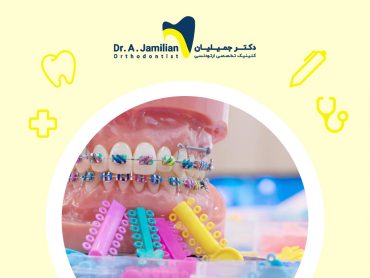Orthodontic services help you to have a beautiful smile and guarantees your oral health by aligning and leveling your teeth. You can better chew and easily taste foods when your teeth and jaws are well-positioned and properly fit together. It is interesting to know that orthodontic treatments can even play a key role in preventing night snoring. Orthodontists can resolve many problems and abnormalities such as crowded teeth, the gap between teeth, missing teeth, and maxillofacial abnormalities.
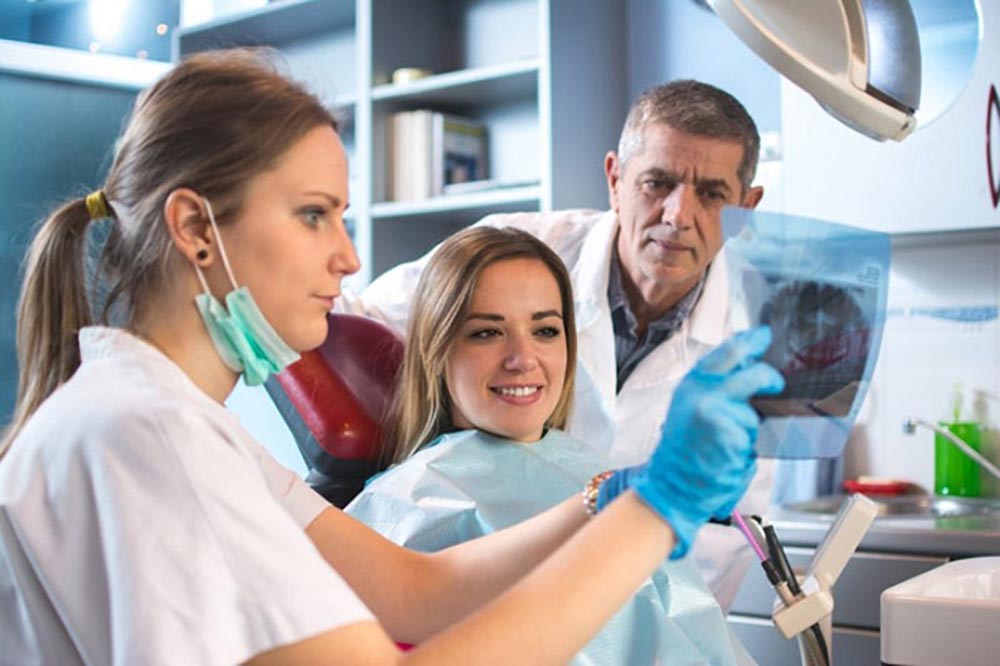
What happens when you visit an orthodontist?
When you refer to an orthodontic clinic, the orthodontist first examines your teeth and the position of your jaws and then may take images of your oral cavity and teeth to more accurately evaluate the position of teeth and jaws to plan the best orthodontic treatment.
The orthodontist assistant or the orthodontist mold your teeth to achieve a complete picture of their shape and size and then plan the best orthodontic treatment to align your teeth.
The orthodontist may ask you to open your mouth wide or press your teeth together to completely examine your oral cavity, teeth, and jaws. The orthodontist may also ask you some questions to find out whether you have trouble chewing or swallowing or whether your jaws make noises when eating or speaking.
At the end of examinations (the review of radiographs and medical records), the orthodontist makes comments about how he/she can treat crooked teeth. Some patients may need minor or no special treatment, whereas others should go through a 2-year treatment program for treating the existing malocclusions.
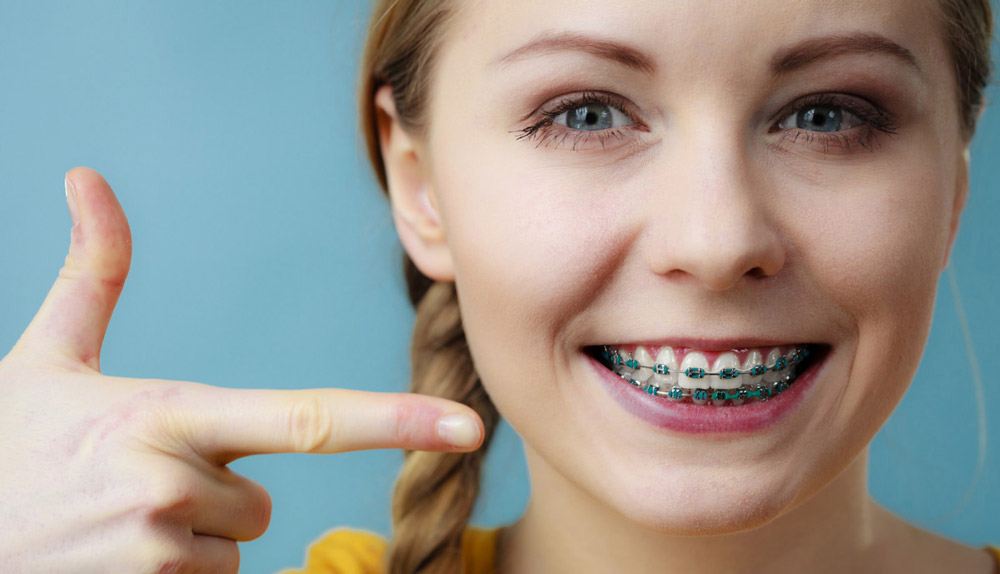
What does orthodontics do?
The orthodontist places removable or fixed orthodontic appliances on teeth to apply continuous forces to push them towards their normal position. Orthodontic treatments align and arrange teeth and jaws to completely treat any maxillofacial abnormality or malocclusion at the end of the treatment.
After the completion of the orthodontic treatments, the orthodontist will prescribe the patient to use retainers to stabilize the therapeutic result and prevent the return of teeth to their previous position. In some cases where there is no other choice, the orthodontist may decide to extract some teeth to provide more space for the alignment of teeth.
Many people undergo orthodontic treatments to have a beautiful and attractive smile design. Having a Hollywood smile is the main incentive encouraging many people to undergo orthodontic treatments. An attractive smile design can bring you unique facial beauty and positively affect your social and occupational interactions.
Despite the focus of orthodontic treatments on teeth and jaws, many other disorders can also be corrected by such treatments. For example, many patients are unable to speak properly due to maxillofacial abnormalities, and this problem can be eliminated by orthodontic treatments. Other therapeutic outcomes of orthodontics include the treatment of swallowing problems, correct breathing, and the elimination of respiratory problems such as night snoring.
